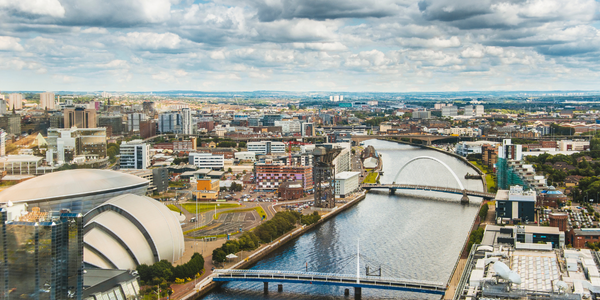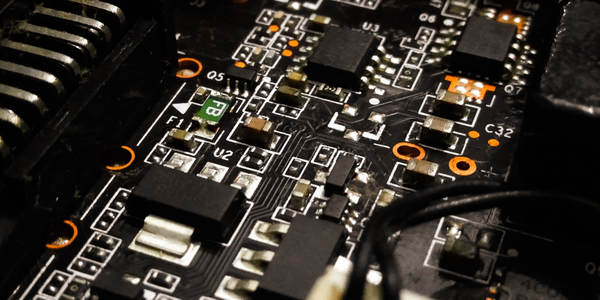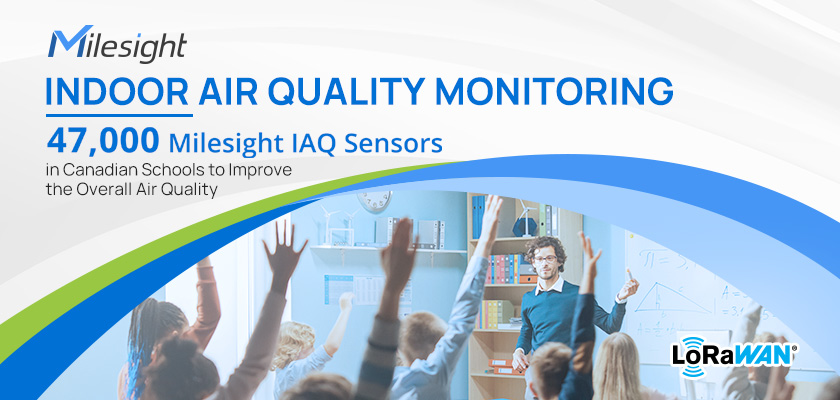下载PDF
相关案例.
Case Study
Intelligent and Active Gas Detection System for Semiconductor Manufacturing
As one of the world's largest semiconductor manufacturers, our customer needs to continually refine and expand their manufacturing capabilities to meet the constant, ever-growing demand for electronics products. Semiconductor fabrication requires minute nanometer-scale operations using dangerous chemicals and gases. To continue growing their manufacturing capabilities while maintaining high levels of precision, the manufacturer expanded operations with a new plant which was to incorporate new gas detection alarm technology. System Requirements • Real-time alerts of abnormal gas levels on the supervisory control and data acquisition (SCADA) system • Local alarms with local control logic to alert personnel of high gas levels • Mixed analog and digital I/O solution for broader device compatibility • High reliability

Case Study
Mobile monitoring system: Vehicles with sensors to control air quality in Glasgow
Countries throughout the world have a need, and in many cases a legal obligation, to ensure air quality is meeting specific standards. Policies aim to reduce exposure to air pollution, by reducing emissions and setting limits and targets for AQI. Public authorities in cities have deployed static stations to monitor air quality data for a set of pollutant with specific, and high cost, sensing technologies. These stations provide highly accurate data but their cost limits the quantity of deployments, leaving large gaps in coverage.

Case Study
STMICROELECTRONICS INTEGRATES ALARM NOTIFICATION INTO ITS PRODUCTION CONTROL PRO
Semiconductor production environments are “clean rooms” and must be tightly monitored in order to reduce the possibility of product contamination. A dusty environment will almost certainly lead to quality control issues. In order to prevent such disasters, STMicroelectronics installed a data monitoring and centralization system that instantly recognizes a problem and alerts the appropriate people.

Case Study
Enhancing Environmental Control and Reducing Emissions in Nordic Smart Cities
Municipalities and public institutions are concerned about air, water, noise or lighting pollution in cities. In the last years, it has become mandatory through several international regulations to reduce emissions that could impact in the environment and also inhabitants lives.Being a Smart City is more than just a trend, is a commitment with society and stakeholders.Carbon Track and Trace Project (CTT) aim is reducing CO2 emissions, combating climate change in cities and also developing a decision support system for cities greenhouse gas (GHG) emissions monitoring. It was funded by the Low Carbon City Lab flagship of the EU Climate KIC programme.

Case Study
PrismTech - Vortex platform in Nice’s Connected Boulevard project
In 2008, the City of Nice made a commitment to become a model Eco City and put in place a plan for renovation by launching the Connected Boulevard Project. One of the key areas of focus was to develop green transportation and reduce the negative consequences of urban activity on the citizens of the city.

Case Study
Milesight 47,000 IAQ Sensors Create a Healthier Learning Environment in School
The COVID-19 pandemic demonstrated the importance of continuously monitoring indoor air quality, especially in schools. The Ministère de l’Éducation du Québec has announced in September 2021 the deployment and installation of air quality and comfort parameters sensors in more than 47,000 classrooms across the province.They need:Reduce maintenance and installation difficultiesMonitor CO2, humidity and temperature level at 5 minutes intervals during school hoursCreate an information system without the use of Wi-Fi or Cellular Internet





